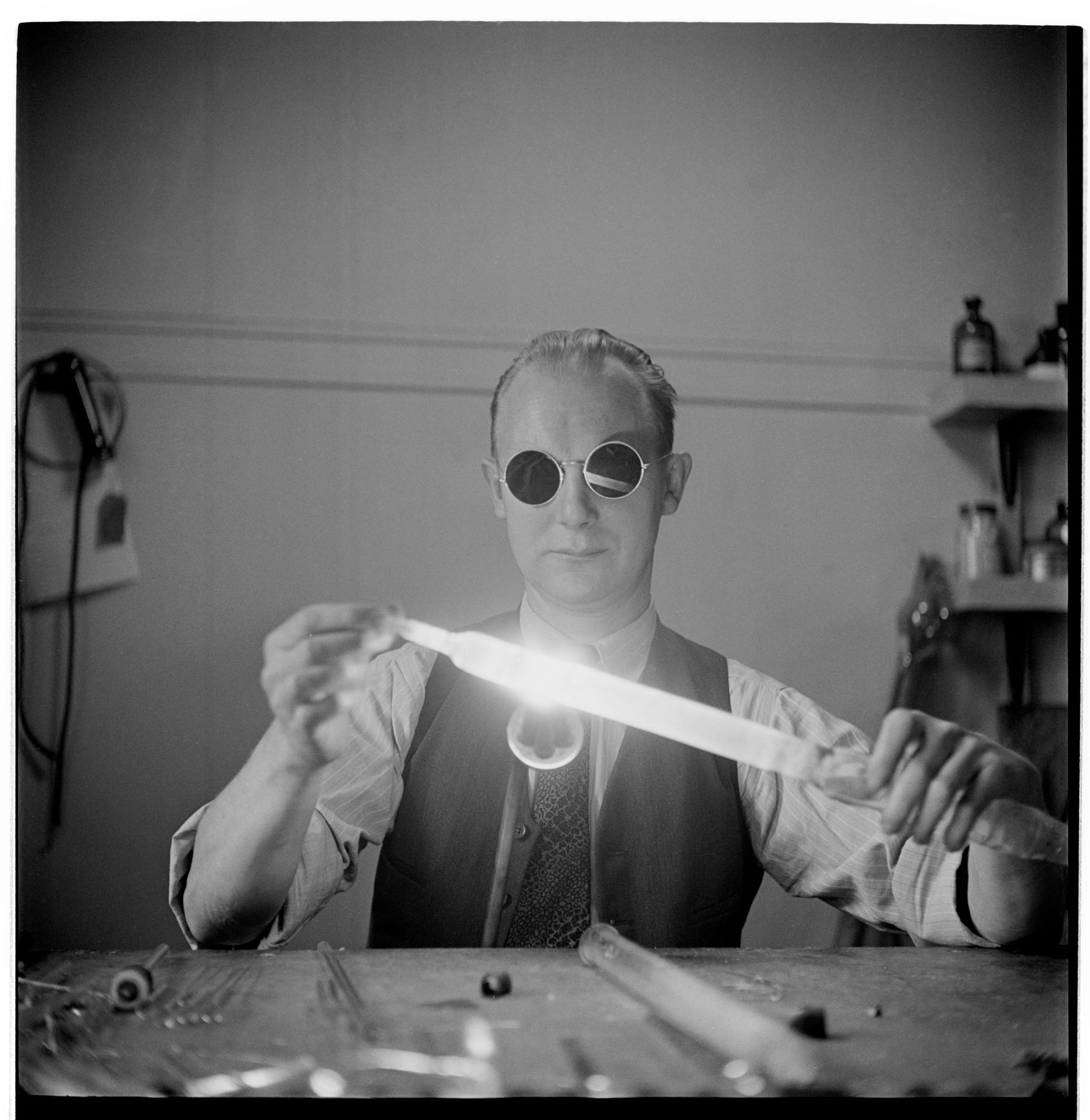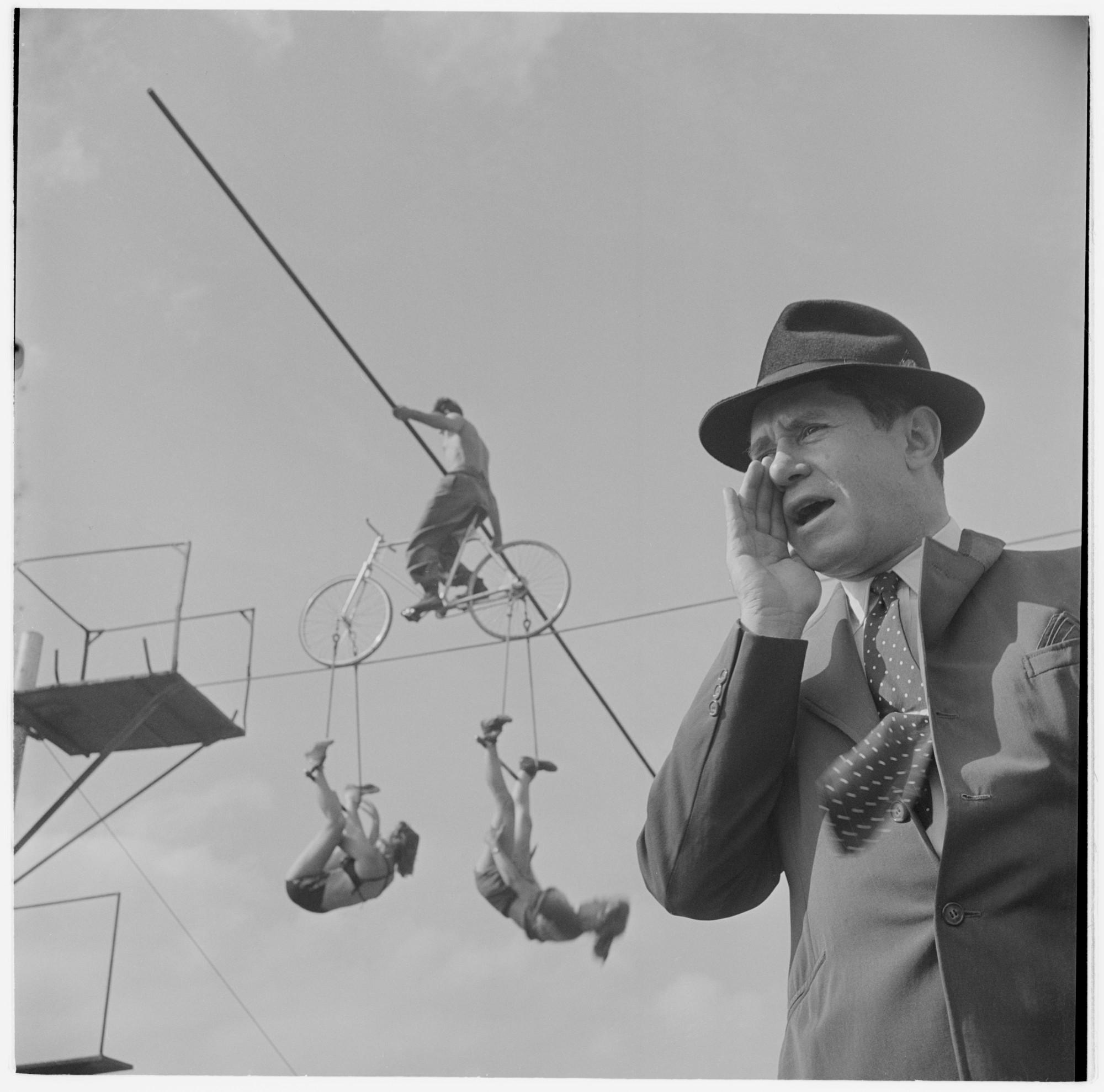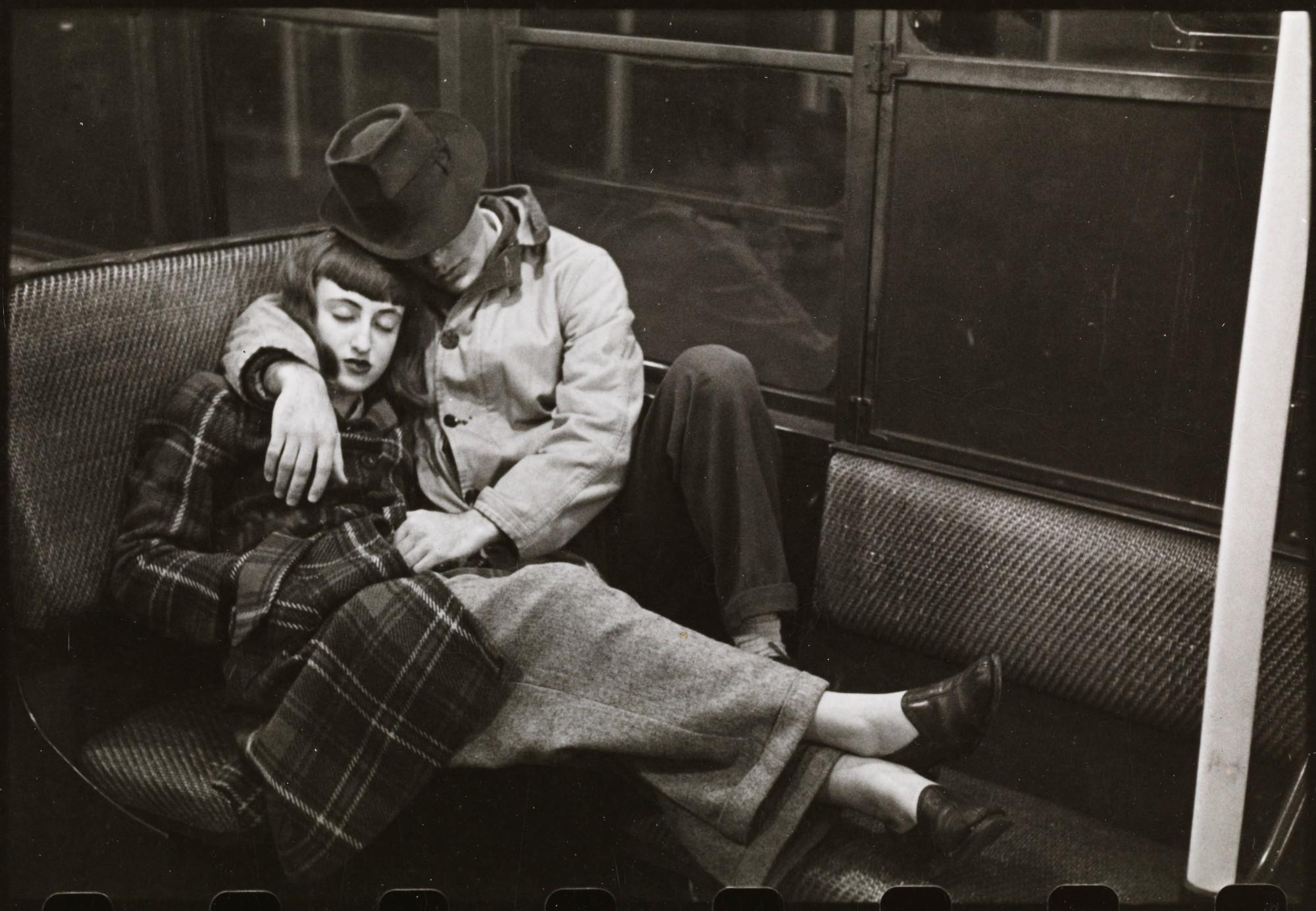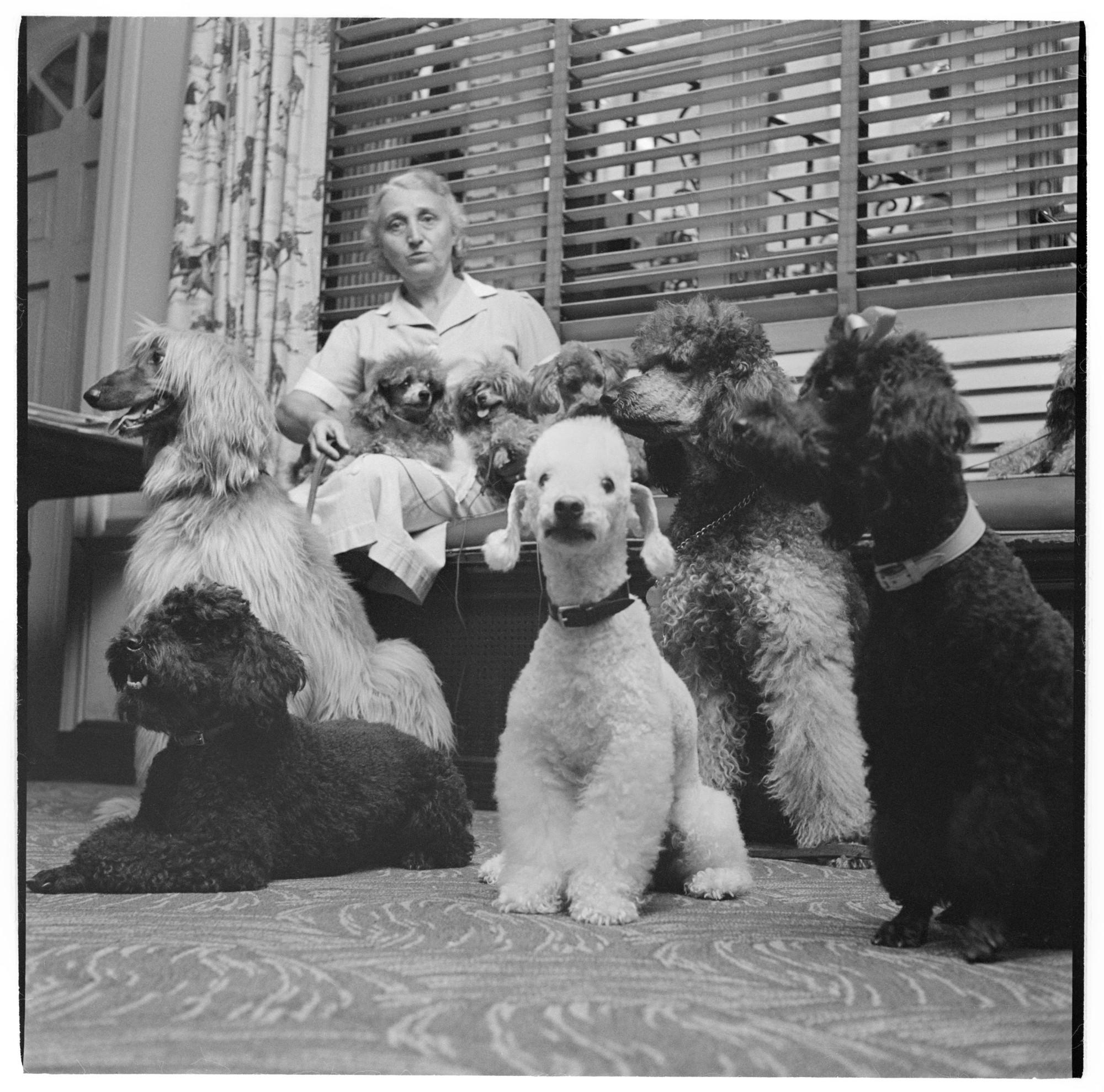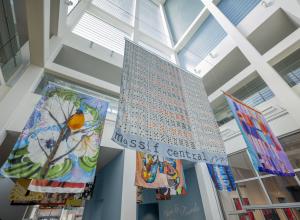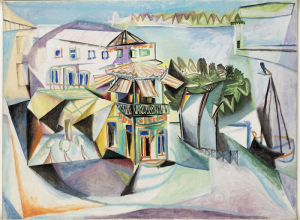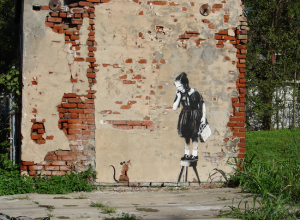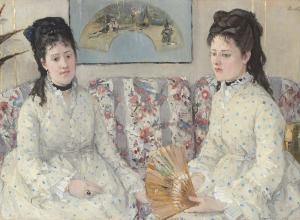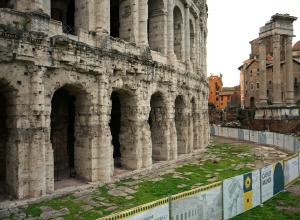Organized by the Museum of the City of New York (MCNY) in collaboration with the SK Film Archives LLC, Through a Different Lens: Stanley Kubrick Photographs draws from the museum’s extensive Look magazine archive. The photographs are exhibited alongside the Look issues in which they appeared, providing the journalistic context in which Kubrick’s photographs were viewed by the general public. The exhibition follows along as Kubrick took a kaleidoscopic view of city life, from the gritty to the glamorous. In these images of celebrities and everyday people alike, Kubrick revealed the hundreds of human dramas unfolding at any moment.
Exhibition Overview
Photography opened Stanley Kubrick’s doors to the world. Growing up in a predominantly Jewish neighborhood in New York City, young Kubrick was immersed in an urban setting that was the backdrop for everyday stories acted out by everyday people. His parents, who were the children of Jewish immigrants, had hoped Stanley would excel in school, but he was indifferent to academics. Stanley was thirteen when his father bought him his first camera, a Graflex, and he dedicated himself to the pursuit of photography.
Through a Different Lens: Stanley Kubrick Photographs introduces visitors to four key themes that shaped Kubrick’s early work as a photographer and to which he would return time and again throughout his film career:
- Looking—Kubrick’s work for Look advanced his ways of seeing and his fascination with human relationships. He often photographed unsuspecting subjects engaged in intimate interactions or caught others in the act of looking.
- Mastering the System—Post-war observers were obsessed with the impact of organizations on American life, and Kubrick encountered many complex organizations while working for Look. These experiences prepared him for success in the motion picture industry.
- Media Savvy—Of the topics Kubrick covered for Look, none aligned more closely with his interest in film than his exploration of media and entertainment. His celebrity profiles exposed him to the ways that famous people crafted their public personas, and he was often on set, witnessing the production process up close.
- Visual Style—At Look, Kubrick mastered the skills of framing, composing, and lighting. While the magazine’s editors preferred straightforward composition and natural lighting typical of contemporary photojournalism, Kubrick frequently imitated the brooding style of the Hollywood film noirs he so admired.
The exhibition then proceeds chronologically through his time at Look, where he worked on assignments both published and unpublished. It frames Kubrick’s investigations of photography’s narrative capabilities and showcases his aptitude for translating an individual’s complex life into visual form.




